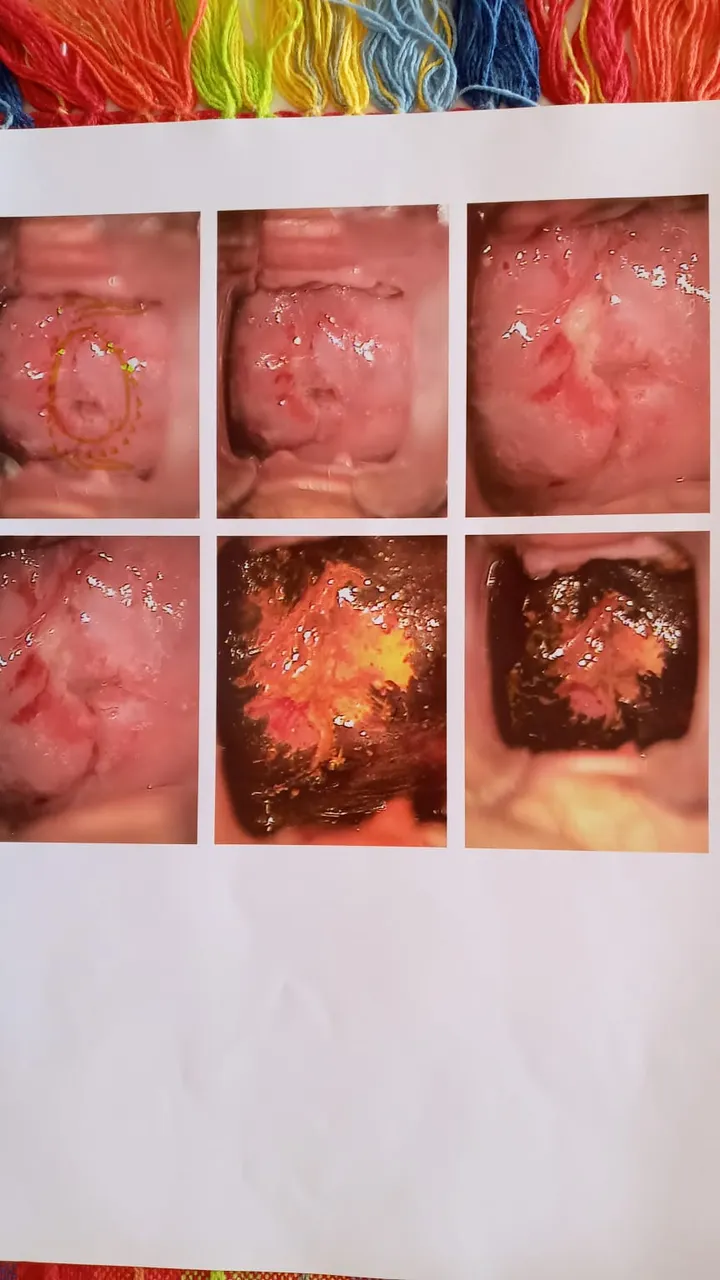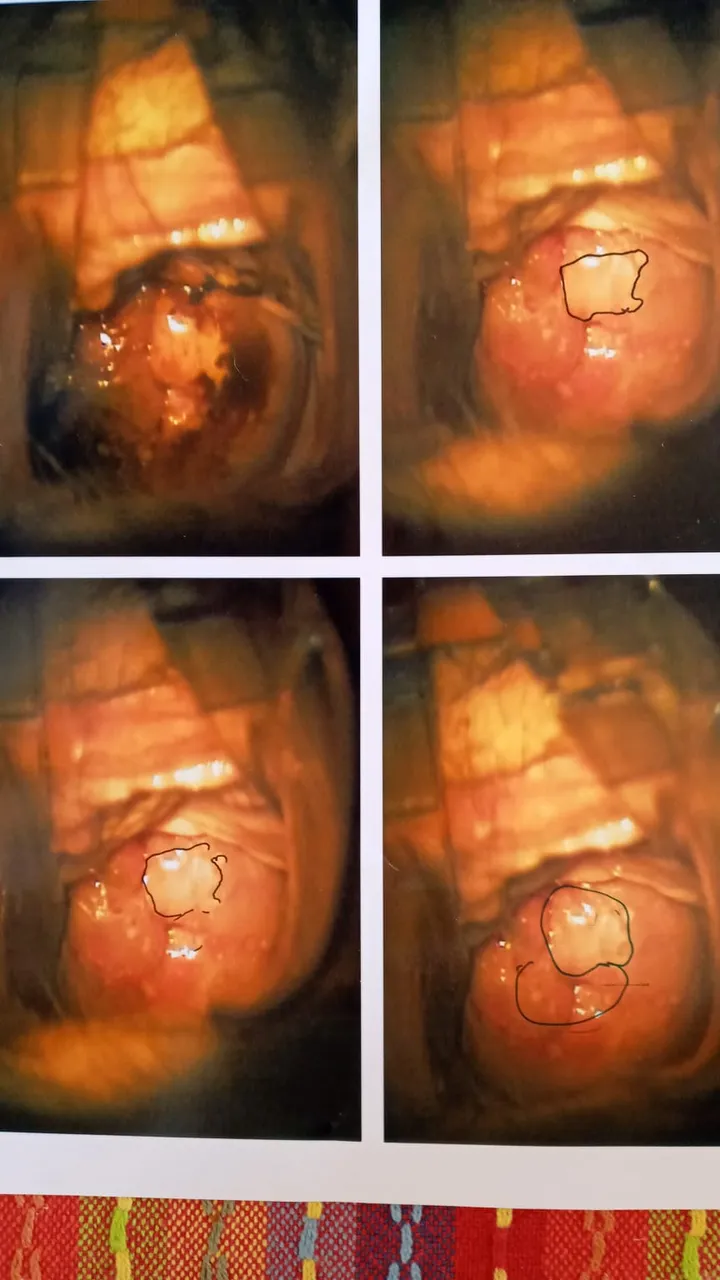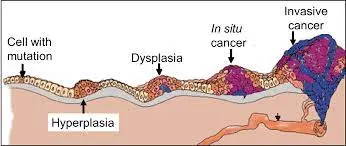
Font Pixabay.com
It's been two years since I first posted my story here on Hive. At that time I had just been diagnosed with high grade cervical dysplasia and had no idea what lay ahead. Since then, as you can imagine, a lot has happened. I believe that only now am I ready to share what I have experienced and what I have learned, so this is the first post I am writing to tell my story and also my healing journey.
In August 2020 I was diagnosed with a high grade cervical dysplasia of my cervix (CNI III). After an abnormal pap, a colposcopy and many tears, I received the diagnosis and the only alternative the doctors gave me was conization surgery, which consisted of removing part of my cervix.
Cervical dysplasia is a progressive change in the cells of the cervix caused by the HPV virus (more precisely HPV types 16 and 18). This condition, which predates cervical cancer, is detected by a pap smear, which can indicate level 1 (mild), 2 (moderate), or 3 (high grade) dysplasia.
When the dysplasia is not eliminated (or does not regress), the cells continue to evolve until a tumor is formed. It is at this stage that doctors diagnose cervical cancer. For some doctors, malignant cells in situ, i.e. located only on the surface of the tissue, can already be considered as cervical cancer. For others, only the presence of a tumor characterizes cervical cancer.
Surgery to solve a virus?
From the very beginning, surgery seemed to me to be pointless. After all, if cervical dysplasia and cervical cancer are caused by the HPV virus, what would be the point of performing surgery? You don't have to be a doctor to know that surgeries don't kill viruses, although they can remove tissue affected by malignant cells. But since these cells are superficial, what is the point of doing such an aggressive procedure? I kept thinking about this...
I remember turning to my gynecologist and asking "but isn't there any kind of peeling to remove the cancerous cells? That could cause local inflammation and bring the immune system to react to the virus, no?". She looked at me with a strange face and smiled as if I were a complete nut.
That appointment, however, made me desperate. My intuition was telling me that surgery was not the way to go. But what then? So I started to read and study everything I could on the internet.
Gynecology in the middle age and the vaginal laser
From scientific article to scientific article, from blog to blog, hours and hours on Google. The more I searched, the more shocked I became by the information I read. Yes, I already knew that there were numerous taboos surrounding the female body and sex, but I had no idea that this was also reflected in the treatments and the health care system!
When I learned that a speculum was invented in the 19th century to examine female slaves and is still in the same format today, when I found out that the colposcopy exam was "improved" in Nazi concentration camps, I thought there was something very wrong with what doctors call "women's health"! Not to mention the gyneco influencers on Instagram who can't stop propagating the benefits of the vaginal laser.
It is shocking to have the notion that even after so much "evolution" in the medical field, all that gynecology offers to treat the HPV virus (and its consequences) is surgery that literally serves to amputate the cervix. While cervical cancer is one of the diseases that kills the most women in the world, "science" is dedicated to developing a laser to thin the vaginal canal instead of finding a better alternative to fight HPV. Am I the only one who thinks this is all very wrong?
But the absurdity does not stop there. In my research I found that little is said about the side effects of conization and the LEEP procedure, which range from complete closure of the cervical canal to depression and irreversible loss of libido.

FONT PIXABAY.COM
Studies show that the cervix plays an important role in female pleasure, and contrary to what Kinsey, the bible that medical students use to study anatomy, says, yes, the cervix has nerve endings and is one more of those responsible for orgasm. When I realized that LEEP and conization are a kind of medical female circumcision, I began to think that my intuition was not wrong at all. That didn't sound like the best solution to my problem.
Ok, but then, what would it be?
EGCG:what do we know about green tea extract and its polyphenols?
I think I read a countless amount of scientific articles, blogs, and news articles. All the paths of non-traditional medicine, however, led to the same place: green tea extracts, more specifically polyphenon E; poly E and (-)-epigallocatechin-3-gallate [EGCG]).
I then came to a study that was promoted by Korean researchers with a significant margin of success. In the study they described the oral and intravaginal use of green tea extract via capsules and ointments.
I took the article, read it in its entirety, and then my first mission was to find the green tea extract in the indicated proportions. At the time I was living in the Netherlands, which made the process much easier. In Holland it is possible to have access to safe supplements with very specific properties. My ex-boyfriend helped me find a supplement that had 200 mg of poly E or EGCG capsule and I started using it orally.
Before using the green tea extract, I had had another colposcopy. Therefore, I had the real dimension of the size of my lesion and could know if it was working or not.
Three months went by and I religiously took 2 green tea capsules a day. When I came back to Brazil I had another exam, but the lesion was exactly the same size. My gynecologist started to pressure me to do the surgery, I asked her to wait another three months.
When I came home after the consultation I couldn't stop crying. So I thought "I'll start topical use", but I couldn't find any ointment to buy on the internet. The next day, kind of in an act of desperation, I stuck a capsule of green tea inside my vagina.
Me as my own guinea pig
I didn't know if this was the right thing to do, certainly not, but I saw no other alternative. At first I didn't feel anything, but about four hours later I felt a warm liquid running down my legs and then a cramp. At that time I was a little scared, but the cramps went away.
A few days later I noticed bits of skin on my panties along with a vaginal discharge. It may sound unbelievable, but when I saw this, I felt extremely happy and relieved. At the time I thought "the peeling! that's it! It makes sense! A few days, with my own finger, I was able to remove a lot of skin from the canal. Although it was not a pretty scene, I couldn't stop smiling!
My gynecologist was not opposed to my seeking alternatives and even gave me good support by performing the tests and photographing the colposcopies. However, by then she was not so patient with the fact that I wanted to postpone the surgery.
At first, the green tea extract and the peeling made total sense to me, but I was not sure if a dry pill was the best option. With further research on the internet I discovered that some women were already making suppositories using green tea extract and coconut oil. That's exactly what I started doing.
After another three months I had another colposcopy. Clearly the lesion was smaller, but the pathologist would have to analyze the results before anything. I was confident.


Personal file
Adenocarcinoma in situ
I remember as if it were today the exact moment I opened my scan and saw that word: adenocarcinoma in situ. I stared at it for a while and couldn't believe it. What do you mean? The report indicated an evolution of the disease, but the lesion was smaller? How was this possible?
I waited a while until I calmed down and got up the courage to call the pathologist. Every time we had spoken, he had been very attentive and sweet. But this time, he was very serious on the other end of the call. "Helga, no more joking around. Now you have a serious problem. I hung up the phone and couldn't stop crying. It wasn't possible. That was not possible.
Cervical cancer is a slow progressing cancer. The HPV virus enters the cells of the cervix and begins to reproduce, thus changing the entire cell structure. It attacks not only the epithelial cells, but also the glandular cells of the cervical tissue. In these cases, we are talking about an adenocarcinoma, a specific type of cervical cancer whose evolution is faster and with more chances of metastasis.
As in cases of carcinoma in situ, the adenocarcinoma is found only on the surface of the tissue, so there is no actual tumor formation. In these cases, however, conization serves not only to remove the cells, but is also a form of biopsy. After the surgery, the tissue is analyzed and if there are no free margins, a partial hysterectomy is performed, i.e., the removal of part of the vaginal canal.
Depression and hope
Although my intuition was screaming at me that that surgery was not the way, suddenly it seemed that everything had become very dark and I had no other options. Cancer. I think cancer might not be just a disease, but maybe a place. A very lonely place to visit. But I think this is the place where you decide if you want to live or you want to die.
There I decided that I wanted to live, even when the depression had almost convinced me otherwise. So I decided that since I had to have the surgery, I would do everything I could to be well. So I changed my diet, started with acupuncture, continued with Chinese medicine and my research.
One day, after a therapy session, I decided to look again in Tori Hudson's book (Women's Encyclopedia of Natural Medicine) and on the Amazon app I ended up finding Nick Leroy's book (Painting a target on the HPV), which talked about the escharotic treatment. I ended up opting for this treatment, which I will talk about in another post.
Conclusion on the effectiveness of EGCH
Although I had opted for the escharotic treatment, I concluded later with my research that yes, EGCH is not only effective, but it was also having an effect in my case.
Looking at this picture that talks about the evolution of cancer, my worst diagnosis makes perfect sense. As the abnormal cells grow from the surface of the tissue inward, it is very likely that the peeling promoted by the green tea eliminated the more superficial and less invasive cells, leaving those that were more interior to the tissue.

font SPH Boston Univesity
I want to continue researching why the EGCH research has not been taken forward and why this substance is still not studied. In my opinion, especially for cases of CNI I, II and even III, it can be very effective and avoid numerous conization surgeries that have irreversible side effects.
**I hope this post is enlightening and helps other women who are going through what I went through. **